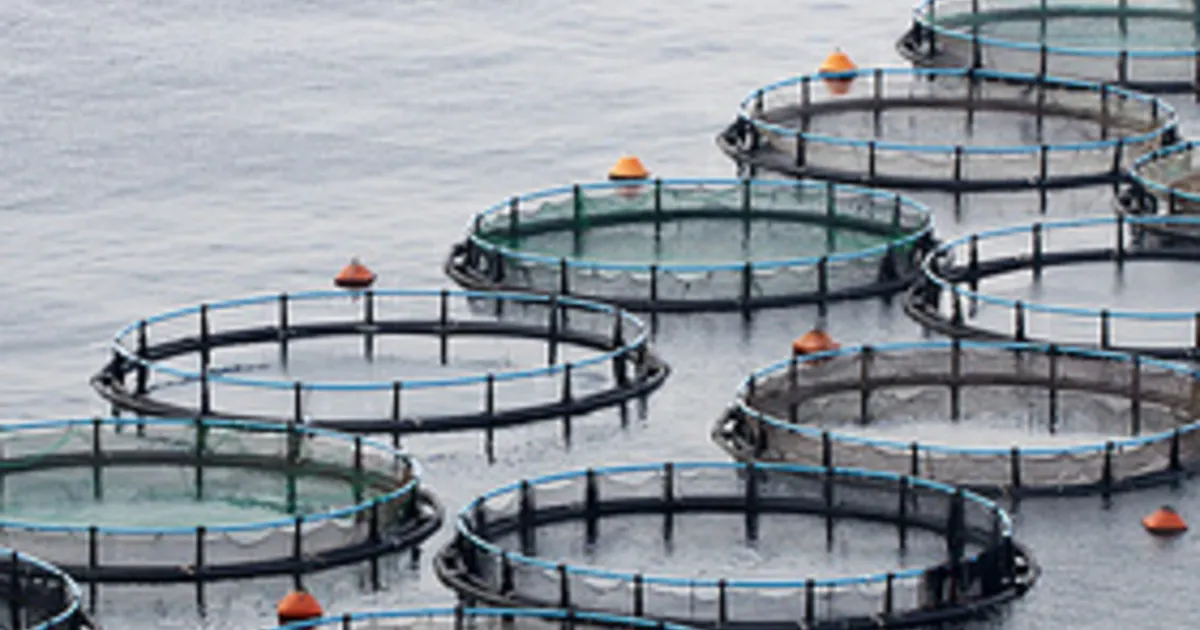Water Treatment in Aquaculture: Ensuring the Purity and Prosperity of Aquatic Life
The vast world beneath the ocean’s surface holds a hidden treasure trove of life, teeming with vibrant colors and astonishing diversity. As we venture deeper into the realm of aquaculture, harnessing its potential to meet the ever-growing demands for seafood, one crucial aspect stands as a beacon of utmost importance – water treatment.
In the intricate web of aquaculture systems, every drop counts. The well-being and prosperity of aquatic organisms hinge upon maintaining pristine water quality. A delicate balance must be struck between providing a nurturing environment for fish and shellfish while safeguarding their health from potential contaminants.
At first glance, water might seem like an abundant resource at our disposal. However, ensuring its purity within aquaculture settings is no trivial matter. The relentless pursuit of sustainable practices has driven scientists, researchers, and industry experts to delve deeper into the science behind effective water treatment methods.
From fish farms nestled along coastal shores to inland hatcheries cultivating freshwater species, the significance of proper water treatment cannot be overstated. It encompasses a wide range of techniques aimed at preserving optimal conditions for growth, minimizing stress levels, and mitigating disease outbreaks that could jeopardize entire populations.
This article delves into the multifaceted world of water treatment in aquaculture. We explore cutting-edge technologies that purify both saltwater and freshwater systems, empowering farmers and breeders to unlock new horizons in sustainable seafood production. Join us on this captivating journey as we unravel the secrets behind maintaining a harmonious aquatic ecosystem through meticulous water treatment practices.




